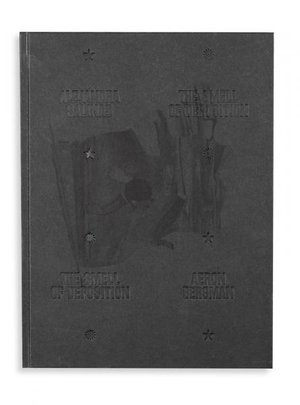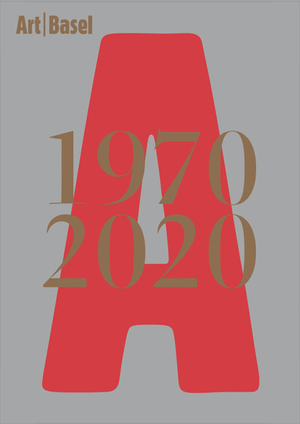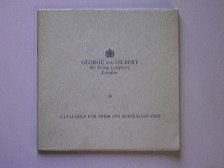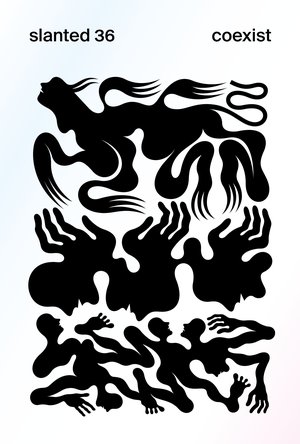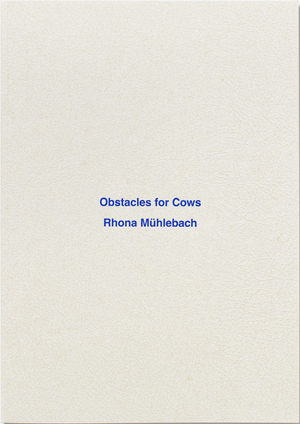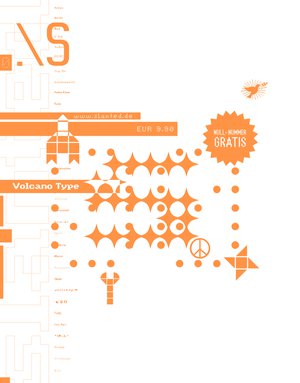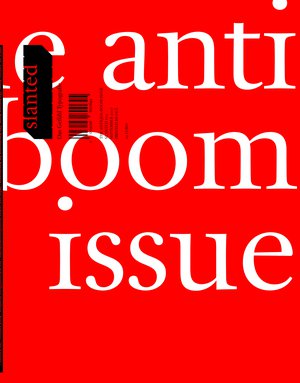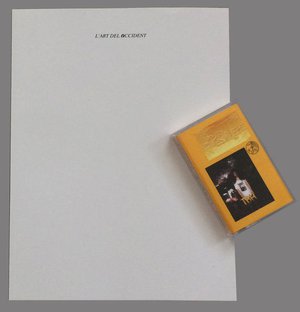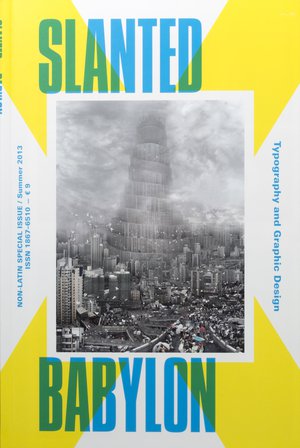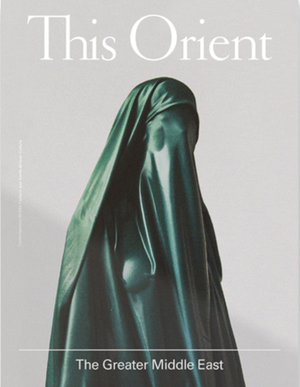Publisher Note
Socialist Republic of Yugoslavia was a unique experiment with progressive social forms that were matched by specific urban and spatial development. Since the end of the 1960’s until the country’s disintegration in the 1990’s is a period of ambiguity: while according to some researchers, the market-oriented economic reforms brought a much needed opening and liberalization, according to others it marked the beginning of an end of the revolutionary demand for equality. Thus, the anti-utopianism of the consumer welfare reflected in the rise of the middle class with its recognisable habits and taste.
Following a specific architectural typology, this book delves into this period which brought along social and economic changes. It focuses on the sports and shopping centre Koteks Gripe in Split and similar architectural complexes in Sarajevo, Novi Sad, and Prishtina all designed by the Sarajevo based architect Živorad Janković and associates, gradually expanding towards broader considerations of the architectural practice, contention and coalescence within the Yugoslav modernist project.
Consumer Culture Landscapes in Socialist Yugoslavia
by Nataša Bodrožić, Lidija Butković Mićin, Saša Šimpraga
| Publisher | |
|---|---|
| Release Place | Eindhoven, Netherlands |
| Edition | 1st edition |
| Release Date | 2019 |
| Credits | |
| Identifiers |
ISBN-13:
978-94-93148-00-0
|
| Work | |
|---|---|
| Topics | Art, Consumer Culture, Yugoslavia |
| Language | Croatian, English |
| Object | |
|---|---|
| Format | Hardcover |
| Dimensions | 15.0 × 21.0 cm |
| Weight | 783 gram |
| Interior | |
|---|---|
| Pages | 488 |
last updated 1428 days ago
Data Contributor: Vice Versa
Created by edcat
Edited by edcat, edcat_editor







